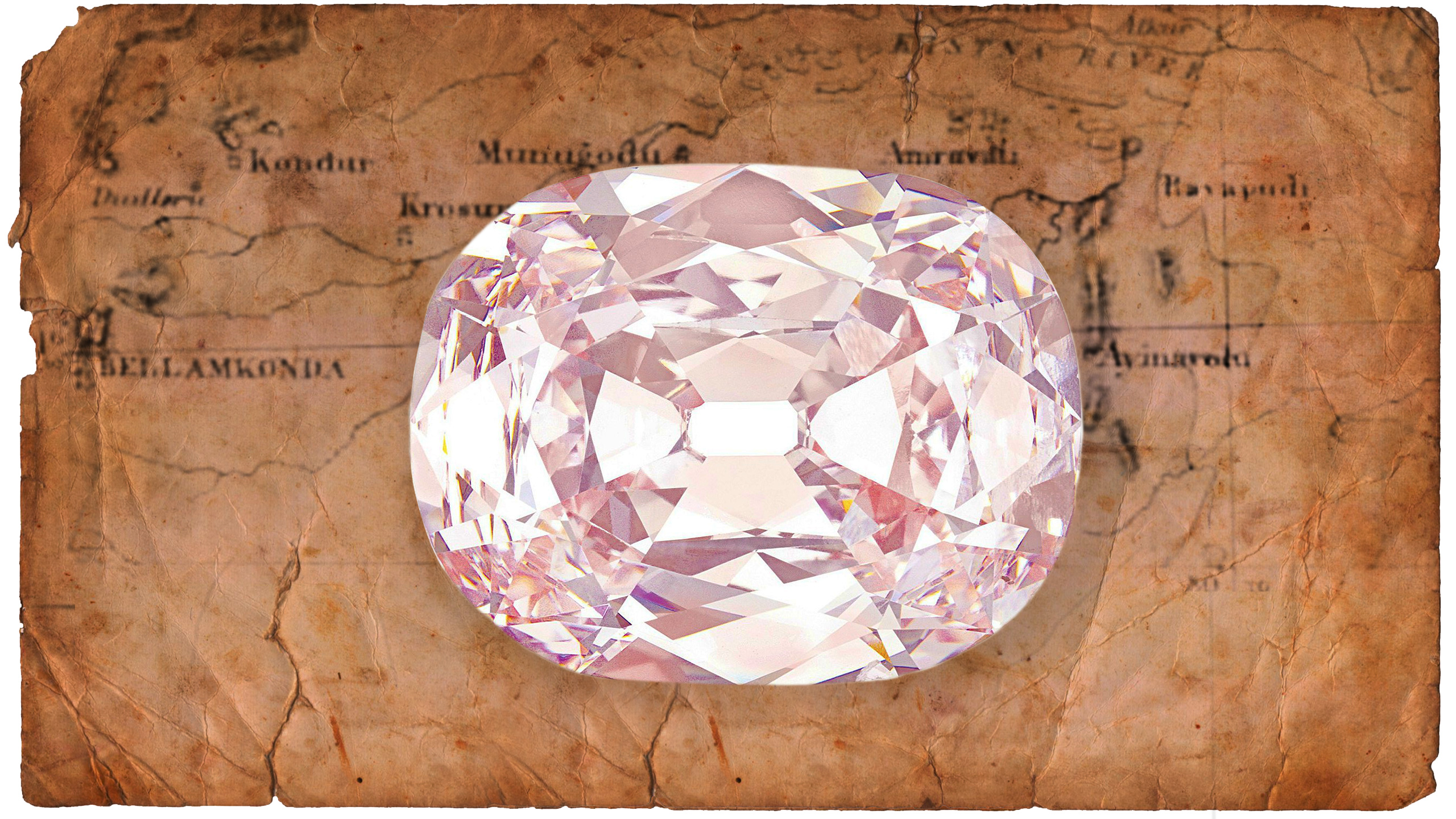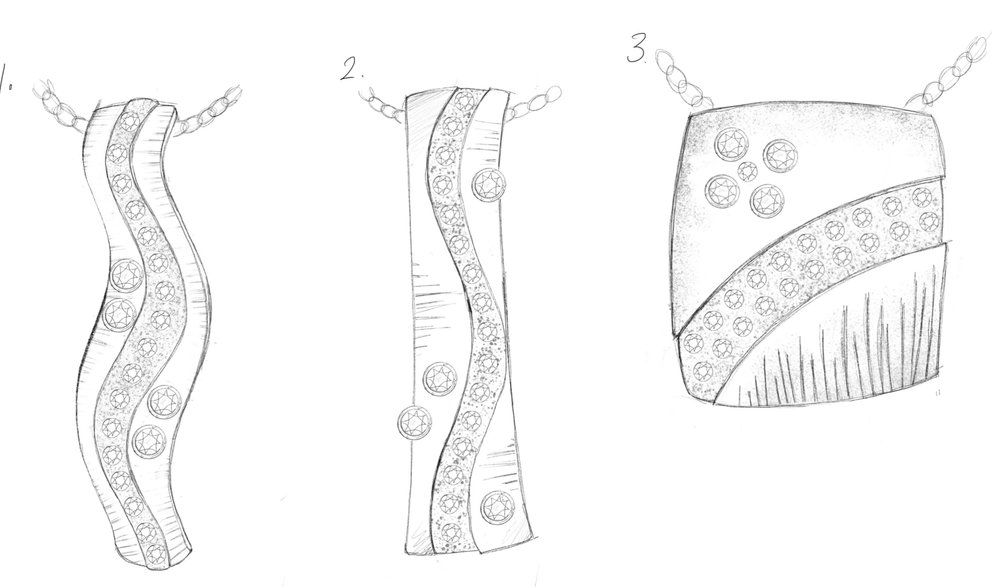Gardeners use plant dyes to combat toxic chemicals used by fashion industry | Chelsea flower show
Gardeners are combating again versus the toxic chemicals used by the manner field – by using crops to dye their apparel.
The horticulturist Lottie Delamain produced a backyard garden for the activist movement Style Revolution at Chelsea flower display using plants that can be utilized to make fabrics and dyes. She became so enthused by experimenting with making use of vegetation to make clothes dyes that she has dyed many of her very own clothes working with bouquets and even tree branches from her have plot at residence.
The vogue business is accountable for up to one-fifth of industrial water pollution in the world and significantly of this is from the chemical substances made use of to dye dresses. Quite a few dyes made use of in garments are carcinogenic and in big quantities can make river drinking water harmful to aquatic existence.
Vegetation have typically been utilized to dye apparel, prior to the arrival of synthetic chemicals, and are nonetheless used in a lot of areas of the earth.

“We ended up impressed by a vacation I did in Vietnam the place I saw ladies growing crops to dye and make their outfits suitable upcoming to their veggies,” Delamain states, adding: “but additional and much more we are using petrochemicals to make our apparel, which is this sort of a shame. So this is about reminding people that outfits have traditionally occur from vegetation and trying to make them feel that relationship again.”
Her backyard garden is entire of flax, which can be utilised to make fibre for garments, but she has also incorporated a lot of crops which can be made use of to dye clothes – and some are alternatively astonishing.
Pointing at a woven sculpture built of slim, flexible willow twigs, she suggests: “Willow tends to make a lovely pink colour, which you wouldn’t expect.”
The yard also contains a massive textile set up, developed working with material she experienced dyed working with vegetation.
When Delamain took on this backyard garden obstacle, she did not realise she would come to be a transform, Do-it-yourself-dying her clothes with plants.
“It’s a good way to make your clothing previous longer,” she suggests. “I have a shirt that I’m likely to don following week that I bought at a charity shop. I did not like the colour so I dyed it with plants in the garden to give it new life.”
The method is surprisingly uncomplicated. “You basically get some leaves, chuck them in a pot, put the T-shirt in and off you go. Some vegetation are long term by them selves but for other people you include a mordant, which fixes the dye to the garments.”
Delamain endorses other individuals give it a go: “It’s really exciting and you have invested the time to dye your very own top rated, you have got a bit of a story about it and it’s so pleasant. A bit far more fascinating than just getting a little something from Zara.”
This pattern is not just the garden designer mucking about in her drop – even though exploring the garden she realised this motion is part of a escalating trend.
“We’ve made the connection with food items and exactly where our food stuff arrives from, and I believe the future thing that men and women are beginning to question is what’s in their dresses and where it’s coming from,” Delamain says.
“During the final yr or on the other hand very long I’ve been performing on this I have occur across a significant group of craftspeople, dyers and individuals who are experimenting with plants.”
The approach also extends the daily life of garden plants as they do not need to have to be utilised at their key, and when removing heads to advertise new progress, these scraps can be used in the dye pot.
“It’s easier to dispose of clothing made from normal materials and dyes,” she provides, “so you know that what you are putting on came from the earth – and it is likely back to the earth.”
All-natural colors – vegetation to dye clothing with
-
Brown onion skins can switch dresses yellow
-
Weld also generates a wonderful, sturdy yellow dye
-
Willow branches can make apparel pink
-
Tulips develop a shiny environmentally friendly
-
Hollyhocks can convert dresses brown
-
Roses and lavender can switch outfits pink
-
Hibiscus makes a gorgeous purple.







